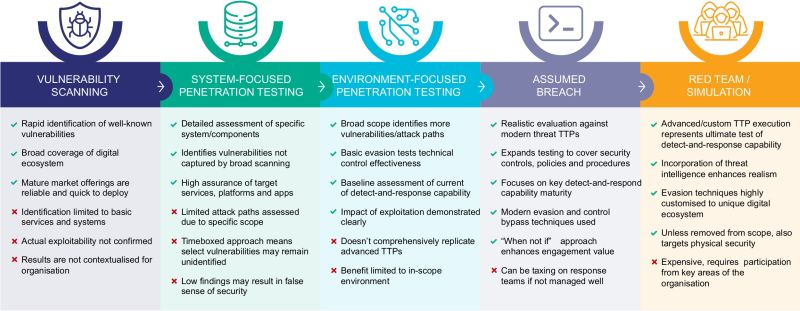Physical Testing & Social Engineering
People are always the weakest link!

People are always the weakest link!

Our testing methodology is tailored to each organisation’s specific needs and IT infrastructure. Thales Cyber Services ANZ technical assurance & testing experts manipulate an organisation’s employees into allowing unauthorised access to confidential information. This allows the organisation to test their:
By engaging Thales Cyber Services ANZ cybersecurity services to perform this physical pen test, you can identify failure points. Once you have your benchmark, Thales Cyber Services ANZ can help you better inform and educate your staff to be attack and hacker-aware through our Security Awareness Training.
We start by listening.
Off-site: A remote Social Engineering engagement involves the manipulation of the organisation’s staff by telephone or email in an attempt to get employees to divulge user names, passwords, customer NPPI (Non-Public Personal Information) or other confidential information. Scenarios might include:
On-site: During an on-site engagement, Thales Cyber Services ANZ will use various techniques to gain physical access to obtain records, files, and/or equipment that may contain confidential information. The on-site engagement techniques typically include:
The aim of these engagements is to test for and improve, for example:
Our ultimate aim is to help you better inform and educate your staff to be attack and hacker-aware.
Thales Cyber Services ANZ is a full-service cybersecurity and secure cloud services provider, partnering with clients from all industries and all levels of government. Let’s talk.